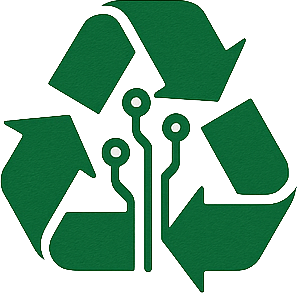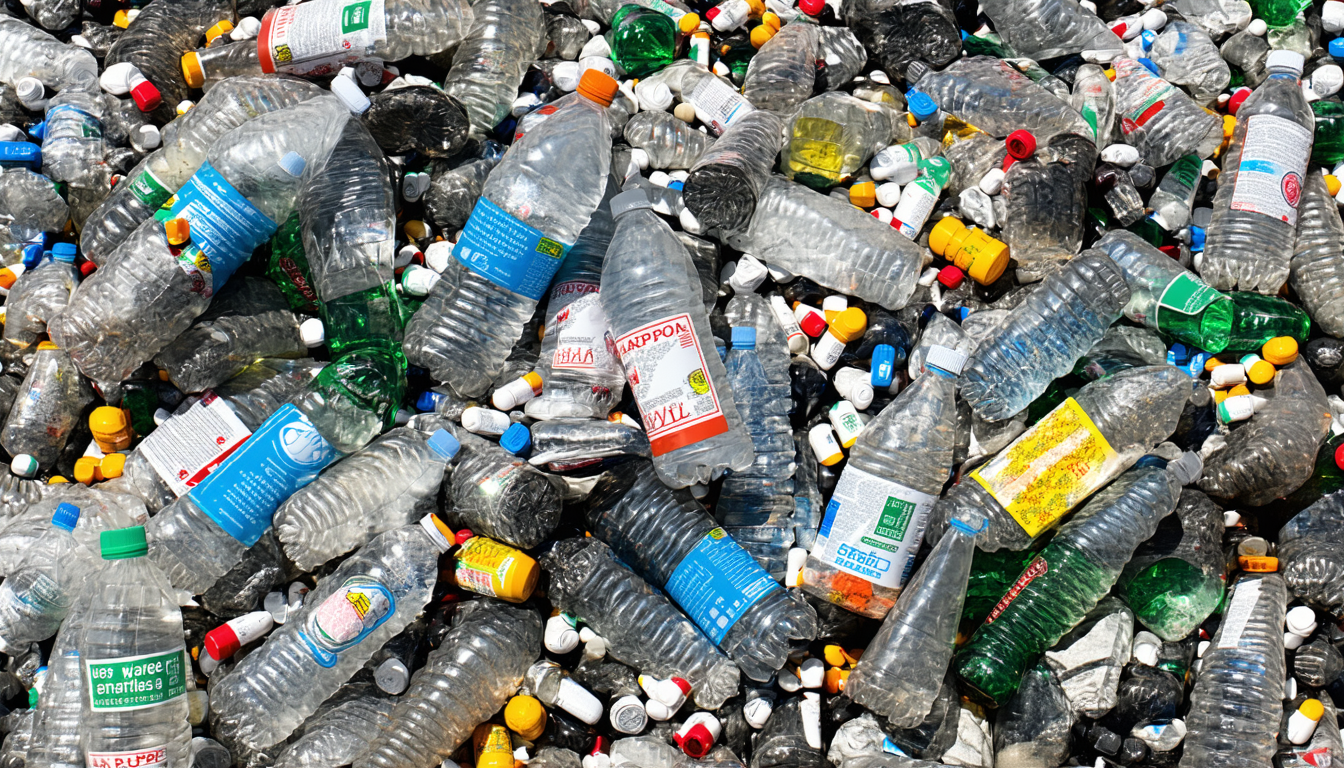In the United States, the safe disposal of medical sharps—such as needles, syringes, and lancets—remains a pressing public health concern. With millions of sharps generated annually by healthcare facilities and individuals managing chronic conditions like diabetes, improper disposal poses risks of injury and disease transmission. This article explores the latest developments in waste management sharps disposal, including regulatory changes, innovative solutions, and their impact on communities. From new guidelines to advanced technologies, we uncover how stakeholders are addressing this critical issue.
The Growing Challenge of Sharps Disposal
The volume of medical sharps in the US is staggering. According to the Environmental Protection Agency (EPA), over 3 billion sharps are discarded each year by individuals alone, excluding those from hospitals and clinics. Improper disposal in household trash or recycling bins can lead to injuries for waste handlers and environmental contamination.
This challenge has intensified with the rise in home healthcare and self-administered treatments. Many patients lack access to proper disposal resources, leading to unsafe practices. State and federal agencies are now stepping up efforts to address these gaps through stricter regulations and public education campaigns.
New Regulations Shaping Waste Management Sharps Disposal
In 2023, several states have introduced updated guidelines to enhance sharps disposal safety. For instance, California recently mandated that pharmacies provide free sharps collection containers to customers upon request. This follows a broader trend, with over 20 states now enforcing similar take-back programs to ensure safe disposal options are accessible.
The federal government is also taking action. The Food and Drug Administration (FDA) has issued updated recommendations for labeling sharps containers to prevent misuse. These measures aim to standardize practices across the country and reduce risks associated with improper handling.
Innovative Solutions Transforming Sharps Disposal
Technology is playing a pivotal role in modernizing waste management sharps disposal. Companies are developing mail-back programs, allowing users to send used sharps to certified facilities for safe processing. Additionally, needle destruction devices are gaining traction, enabling individuals to render sharps unusable before disposal.
According to Dr. Emily Carter, a public health expert at Johns Hopkins University, “Innovative tools like mail-back kits and destruction devices empower patients to manage waste safely from home. These solutions bridge the gap between convenience and compliance with safety standards.” Such advancements are proving vital in reducing community exposure to hazardous materials.
Impact on Stakeholders and Communities
The push for better sharps disposal practices affects a wide range of stakeholders. Healthcare providers must adapt to stricter regulations, often investing in training and infrastructure to comply. Pharmacies, now key players in take-back programs, face increased operational demands but also gain customer trust by offering these services.
For communities, the benefits are clear: reduced risk of needle-stick injuries and lower chances of environmental pollution. However, challenges remain in rural areas where access to collection sites is limited. Advocacy groups are calling for mobile collection units to address this disparity.
Future Outlook for Sharps Disposal in the US
Looking ahead, the landscape of waste management sharps disposal is poised for further evolution. Experts predict that federal funding for waste management programs could increase in 2024, driven by growing awareness of public health risks. Additionally, partnerships between private companies and government agencies may accelerate the rollout of innovative disposal solutions.
There’s also a push for national legislation to create uniform standards across states. While some argue this could streamline compliance, others worry it might overlook regional needs. Balancing these perspectives will be crucial to crafting effective policies that protect all Americans.
In conclusion, waste management sharps disposal remains a vital issue in the US, with recent regulations and technologies offering promising solutions. As stakeholders collaborate to improve access and safety, the focus must stay on education and innovation. By addressing current gaps, the nation can safeguard public health and build a sustainable framework for managing medical waste.
Frequently Asked Questions (FAQs)
1. What are medical sharps, and why is their disposal important?
Medical sharps include needles, syringes, and lancets used in healthcare or self-treatment. Proper disposal prevents injuries, disease transmission (like HIV or hepatitis), and environmental harm.
2. Where can I dispose of sharps safely in the US?
Many pharmacies, hospitals, and community centers offer take-back programs or drop-off locations. Mail-back services are also available through specialized providers. Check your state’s health department website for local options.
3. Are there penalties for improper sharps disposal?
Yes, penalties vary by state but can include fines or legal action if improper disposal endangers others or violates regulations. Always use designated containers and follow local guidelines.
4. How can I access free sharps containers?
Some states, like California, require pharmacies to provide free containers upon request. Contact your local pharmacy or health department to inquire about availability in your area.
5. What innovations are improving waste management sharps disposal?
Mail-back programs, needle destruction devices, and enhanced container designs are making disposal safer and more convenient. These tools help reduce risks at home and in communities.





